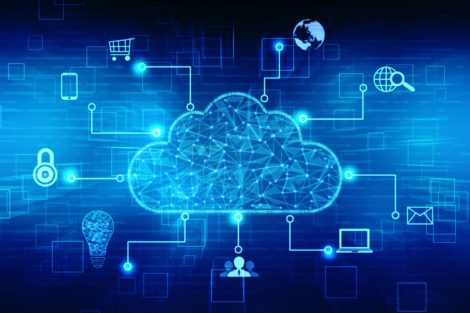
Edge Computing represents a revolutionary shift in the realm of distributed computing, introducing a decentralized approach that transforms the way data is processed and managed. At its core, Edge Computing is defined by the proximity of computational resources to the source of data generation, circumventing the conventional reliance on centralized cloud servers. This paradigm shift is driven by the pursuit of reduced latency, heightened efficiency, and enhanced scalability – qualities that are particularly vital in the context of the Internet of Things (IoT) and the burgeoning demand for real-time, data-intensive applications.
The foundational principles of Edge Computing lay the groundwork for its innovative capabilities. The central tenet involves processing data in close proximity to its origin, thereby minimizing the time it takes for data to traverse between devices and central data centers. This reduction in latency is a critical advantage, particularly for applications requiring rapid responses and real-time interactions. Simultaneously, Edge Computing optimizes network bandwidth by locally processing and filtering data before transmitting it to the cloud. This approach enhances the efficiency of data transmission by minimizing the volume of data traversing the network.
Decentralization is a fundamental characteristic of Edge Computing. In contrast to the centralized model of traditional cloud computing, Edge Computing distributes computing resources to the periphery of the network. This not only contributes to lower latency but also enhances reliability and resilience. The failure of a single edge device does not propagate across the entire system, ensuring a more robust and fault-tolerant architecture.
The architectural components of Edge Computing encompass a spectrum of entities. Edge devices, which serve as the endpoints for data generation and consumption, include a diverse array of IoT devices, sensors, cameras, and other smart devices embedded with computational capabilities. Complementing these edge devices are edge servers that operate as intermediate processing units. These servers perform local computation and store frequently accessed data, diminishing the reliance on continuous communication with central cloud servers. The concept of Fog Computing further extends the capabilities of Edge Computing, encompassing the deployment of computing resources in the 'fog,' the region between edge devices and centralized cloud infrastructure.
Edge Analytics, a pivotal facet of Edge Computing, involves the execution of data analysis and extraction of insights directly at the edge devices or edge servers. This real-time processing capability empowers quick decision-making without the need for extensive communication with distant cloud servers. The integration of Edge Analytics adds a layer of intelligence to the edge devices, enabling them to make informed decisions based on local data.
Applications of Edge Computing span a myriad of domains, showcasing its versatility and transformative potential. In the domain of IoT and Smart Cities, Edge Computing facilitates real-time monitoring, analysis, and response, fostering advancements in areas such as traffic management and public safety. The development of autonomous vehicles is another arena where Edge Computing plays a pivotal role. By processing data locally within vehicles or at the edge of the network, decisions related to navigation, object detection, and safety can be executed in real time.
In the realm of healthcare, Edge Computing finds application in remote patient monitoring, real-time data analysis for diagnostics, and the efficient management of medical devices. Industrial IoT (IIoT) leverages Edge Computing for real-time control and monitoring of manufacturing processes, optimizing efficiency and reducing downtime. The retail sector benefits from Edge Computing through real-time inventory management, personalized customer experiences driven by analytics, and streamlined supply chain operations.
However, as with any transformative technology, Edge Computing brings forth its set of challenges and considerations. Security and privacy are paramount concerns, given the distributed nature of data processing. Ensuring the security and privacy of data at the edge requires robust mechanisms and protocols. Interoperability emerges as a challenge due to the diverse array of edge devices and platforms. Standardizing protocols and communication standards becomes essential for seamless interoperability.
Scalability is a critical consideration, given the proliferation of edge devices. Ensuring the scalability of Edge Computing architectures involves addressing challenges related to both hardware resources and the management of an increasing number of connected devices. Resource constraints, often inherent in edge devices, necessitate the design of efficient algorithms and resource management strategies to optimize performance in resource-limited environments.
Looking ahead, the future of Edge Computing holds exciting possibilities. The advent of 5G technology is expected to further catalyze the capabilities of Edge Computing, providing unprecedented bandwidth and connectivity. The convergence of Edge Computing with other emerging technologies, such as artificial intelligence and the Internet of Things, opens new avenues for innovation and human-machine interaction.
In conclusion, Edge Computing stands as a transformative force, reshaping the landscape of distributed computing. Its decentralized approach, driven by the principles of reduced latency, optimized bandwidth, and enhanced reliability, has found applications across diverse domains. As Edge Computing continues to evolve, overcoming challenges and embracing new opportunities, it promises to be a pivotal technology in the ongoing digital revolution.
